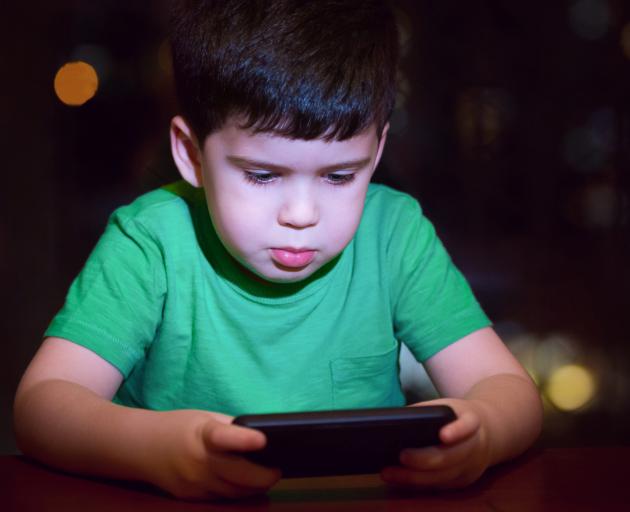
That line will resonate for generations of people who, weaned on everything from Bonanza to Happy Days, from Family Ties to The X-Files, lamented their parents' unwillingness to allow them to park up in front of the idiot box for every possible minute between home time and bed time.
While the basic message - kids, take your eyes off that screen - is repeated in many a modern household, the medium to which it refers is rapidly changing.
The traditionalists might not like it but the television, such a cultural landmark for much of the past 60 or 70 years, might be going the way of the record player.
These days, it's all about the small(er) screen. Smartphones and handheld devices like tablets are the rage, and are winning the war for the attention spans and eye time of the younger set.
British researchers last month reported children were now, on average, spending about 20 minutes more a day online than they were watching television. Minecraft was leaving Scooby Doo in the dust, and videos of cats doing hilarious things on YouTube was preferable to the antics of SpongeBob SquarePants.
Is this a problem? Clearly, yes, if you are a manufacturer of televisions or a channel relying on terrestrial viewership for the bulk of your revenue.
Flippancy aside, there are ramifications for parents/caregivers and children if some care is not taken in this area, as the over-use of handheld devices can cause serious problems.
Physicians worldwide have noticed a bump in the number of youngsters seeking help with the sorts of neck and shoulder creaks that have generally been the preserve of the silver-haired brigade. Watch your little ones next time they are on a device and see how their back arches and their head cranes forward.
The rise in handheld device use has also done no favours for the obesity epidemic. Hours spent hunched over a screen are not exactly conducive to getting the heart pumping, no matter how exciting the latest Kendall Jenner post on Instagram.
Another issue has been the effect on sleep patterns, with an estimated 70% of adolescents using a device within an hour of bedtime, and the associated problems that can cause.
So, too, is there a significant social issue to address should the use of handheld devices continue to grow.
An American university last year released the results of a study that showed increasing use of a smartphone and other devices was linked to anxiety, depression and suicide.
Many children in the study preferred to be alone with a device rather than socialising with friends. The phone, in particular, became something of a security blanket, but it proved of little use when real-word issues emerged.
Handheld devices are now an integral part of many of our lives. They can be useful for education, vital for communication, and stimulating for the brain.
But they do carry a certain level of risk, and that should be carefully managed. Parents and caregivers can set the tone by restricting screen time and ensuring children get plenty of opportunities to engage in other hobbies and social activities.
We need to control the screens, not let them control us.












